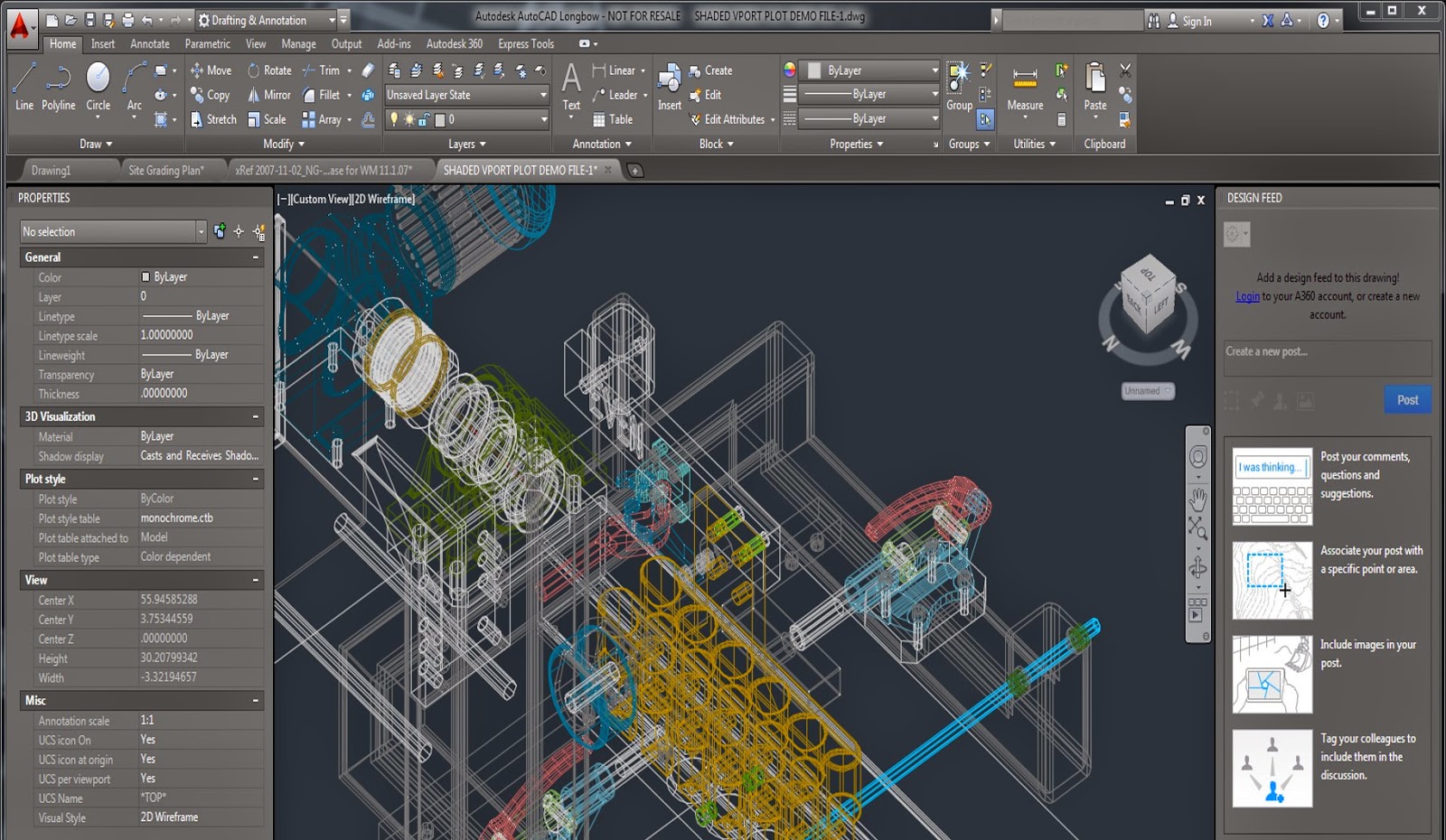John Deere Planter Serial Number Guide
A crucial step when restoring a tractor is taking the time to discover the history behind the machine. That research can, for example, put a value on the machine. Is It Cost Effective? “One of the problems with tractor restoration these days is it’s just not cost effective anymore if you have to hire somebody to do it,” admits Gary Prissel, who operates under the name The Tractor Doctor in Mondovi, Wisconsin. “Unless it’s a tractor that was in the family and has sentimental value, it’s probably going to cost more to restore than the tractor will be worth,” he acknowledges. Due to the current interest in tractor restoration and the escalating price of restorable models, Prissel says you can usually go to an auction and pick up a tractor for less than the cost of buying an old tractor and having it restored.
JD planters and drills that can be upgraded and modified with Exapta parts for. 1890 CCS, 1990 CCS, 1690, 1895); 750 drills (above serial number 3834).
Even if it’s a rare tractor, he insists you will often end up paying so much for it that restoration is no longer cost effective, unless you do the work. Even if you do plan to do your own restoration, it’s a good idea to do some research and to check out the credibility of the model being represented, especially if you intend to buy a vintage tractor as an investment. If you’re interested in a particular model, study factory literature or tractor books to find out how many of that particular model were built. This will give you an idea of how rare that model is and what it might be worth. Find out, too, if there are any distinguishing characteristics of the tractor that might identify it as being the real thing, even if sheet metal or components have been changed.
Serial Number Research It should go without saying that one of the first things to examine is the tractor’s serial number. As a general rule, the lower the number, the greater the tractor’s value, as long as it is within a few numbers of the start of production. A high serial number, on the other hand, could indicate that the tractor was one of the last models of its type to come off the assembly line. One example is the last of the 92 John Deere model D tractors built.

Known as streeters, they were literally built in the alley between two buildings after the production line had changed over to another model. Naturally, you need to know some history of the serial numbers assigned to the model you’re inspecting to further determine a value. Quite often, a history book on that particular tractor brand will include a listing of serial numbers by year and model. Another good source is the website, which lists the serial numbers for virtually every farm tractor and garden tractor ever built. Yesterday’s Tractors also provides a thorough listing of serial numbers. One more source of serial numbers for the most common tractor brands is.
Investigate Its History It also pays to know the history of a particular model. As an example, 1939 was the first year of production for the Ford 9N. In that first year alone, the company built more than 10,000 9N tractors. So, as a collector, you’d want to find one that was unique, even if it was a 1939 model. The other thing you need to realize is that the first 600 to 700 9N models built had a cast aluminum hood and a grille with horizontal spokes, which some value.
Are They Different? You also need to know how many of a certain model were built. Most websites, such as, have that information by model for most years, but they don’t divide it out by different versions, such as the number of gas, diesel, and liquefied petroleum models produced.  They also don’t list the serial number of the very last tractor produced. However, because they do list the starting serial number for each year, you can at least find out which year a tractor of interest was built. For example, the Deere model 80 was only built for 13 months during 1955 and 1956, and only a small number of tractors were built.
They also don’t list the serial number of the very last tractor produced. However, because they do list the starting serial number for each year, you can at least find out which year a tractor of interest was built. For example, the Deere model 80 was only built for 13 months during 1955 and 1956, and only a small number of tractors were built.
Consequently, a model 80 alone would be rather collectible. However, if you were to locate one with a unique feature that was optional, that unit could be even more valuable.
John Deere Info Fortunately, there are other places you can go for serial number information, depending upon the brand and model. For instance, if you’re looking for a collectible John Deere tractor, the Two-Cylinder Club can help you in a number of different ways. The club offers back issues of certain Two-Cylinder magazines as both Internet downloads and on CD-ROM disks. Each download or CD contains all the issues for a full year. So, your first step would be to peruse the contents of each issue as listed on the two-cylinder website and order the CD or issue that covers your model of interest. While the number of issues is still limited, the club is adding more in the months ahead. For basic information, access its website at or call 319/824-6060.